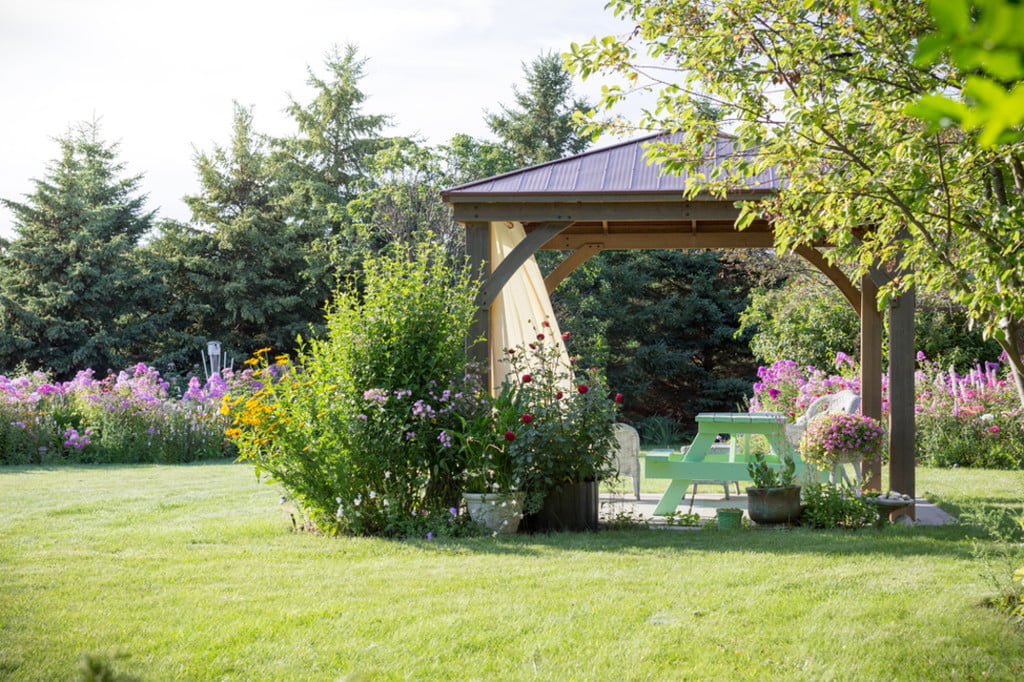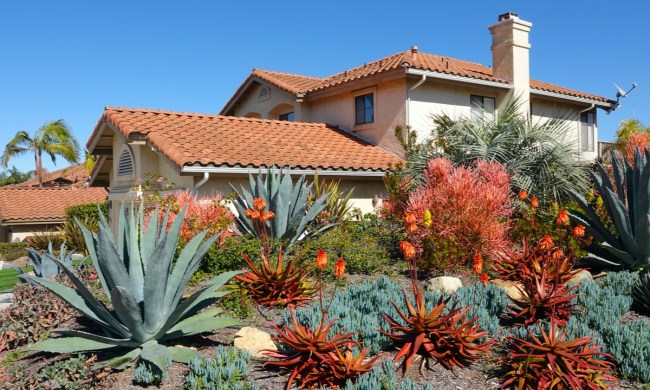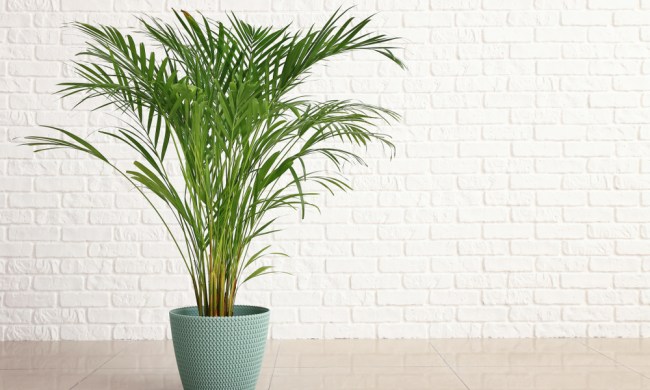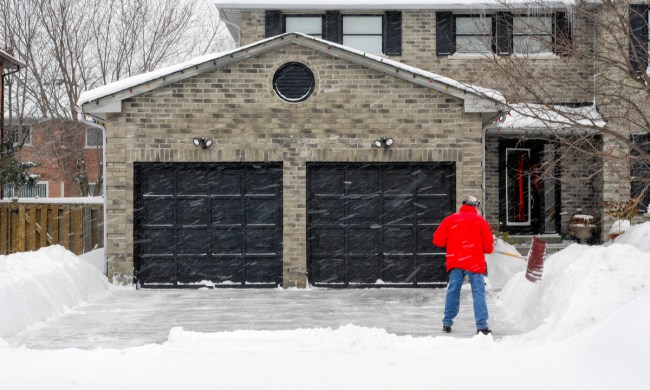Your outdoor space is an important aspect of your property. Having a well-designed and beautiful outdoor space not only benefits you and your family when it comes to entertaining and quality of life, but it has long-term and monetary benefits when it comes to your property’s value. On the flip side, if your outdoor space is drab, damaged, or poorly maintained, your curb appeal is reduced, and your ability to enjoy the space is hindered. If you’re looking to update or completely remodel your outdoor space, you’ve likely dreamed up a world of possibilities and exciting additions. Before diving headfirst into your new project, however, you need a landscape plan.

Benefits of having a landscape design plan
Whether you’d prefer to do this project on a budget with a free online landscape design tool like SketchUp or go all out with a professional company, here’s why you need a landscape design plan before beginning your outdoor remodeling project.
Budget
Before diving into any remodeling project, you need to set a budget. If you were going to remodel your kitchen, you wouldn’t do so without a budget in mind, right? Similarly, a landscape design plan keeps your budget in mind so you don’t find yourself spending more than you can afford or terminating the project halfway through because the money has run out. There’s little that’s more unsightly than a half-finished landscaping project. A landscape design plan will also help you plan for all those new costs associated with your new outdoor space and work them into your annual budget.
Advance planning
Like it or not, you may run into some roadblocks when designing your new outdoor space. Overhead power lines, drainage issues, sun exposure, and unwanted noise are all issues that can go unnoticed until you’re knee-deep into your outdoor remodeling project. When you have a detailed landscape design plan, these issues are addressed before beginning the project so that you can save some time, money, and irritation. Whether you start a DIY landscape design project or hire a pro, planning ahead always helps.
Proper placement
Not all plants and trees can live together in harmony, and not all of them will flourish in your particular space. It’s a common tale for new homeowners to plant new trees and seedlings with hope and glee, just to be heartbroken later when the plants underperform or die out. Whether their soil, climate, or existing plant life caused the demise, this tale really speaks to the loss of time, effort, and money when it comes to plant loss. When you have a landscape plan, part of the process is researching what plants will do well in your space so you can avoid such loss.
Pocketbook protection
A detailed landscape plan ultimately saves you money due to many of the reasons we’ve already discussed. The biggest savings are come from getting the project done right the first time, which saves you on repairs or remodels. Aside from savings, however, a landscape design plan helps you create an outdoor space that will increase your property value and allow for a bigger profit if you ever sell your home.

How to make a landscape design plan
It’s certainly beneficial to hire a professional landscape designer to plan out your new outdoor space, but if you’d rather create your design yourself, here’s what you’ll need to do.
Gather existing documents
The first things you’ll need in creating your own landscape design plan are your property’s documents. Your deed map should show all of your property’s measurements as well as the location and size of your house and other existing structures. If you don’t have a deed map, your local record office should have it. You’ll also need to know the location of any underground pipes, tanks, and other utilities. If these items are not on the deed map, contact your local utility company as they will have this information.
Create your own scaled property map
Using a separate paper or even a landscaping computer program, create a to-scale map of your existing property. This map will contain only your property’s existing structures and elements. It’s a good idea to indicate spots with shaded areas, places with drainage issues, etc.
Add desired elements
For this step, it’s a good idea to use tracing paper. Place it over your property map and begin drawing all of the additions you’d like to make in your outdoor space, keeping in mind problem areas. Be sure to add items to scale and make sure you’ve added plants and trees at their full maturity size. Before adding plants, research whether they are appropriate for your climate, soil, and existing plant life.
Your outdoor space is an important aspect of your property, so you want it to be as appealing as possible. An updated landscape can add to both your own enjoyment as well as the value of your home, so it’s certainly a good idea to take on an outdoor remodeling project. However, having a landscape design plan is essential to ensuring the update is done right the first time. Create your own landscape plan or hire a professional company to do it for you so you can save time, money, and headaches in the long run.



